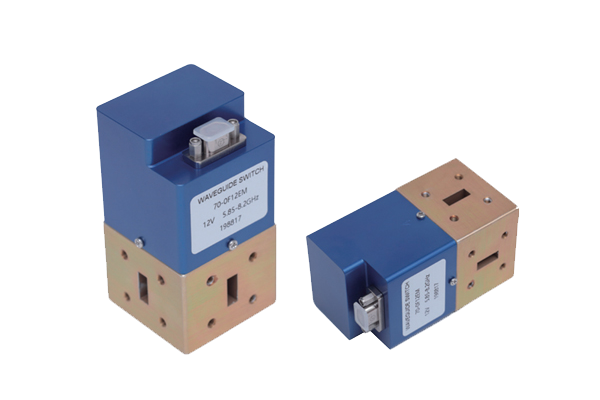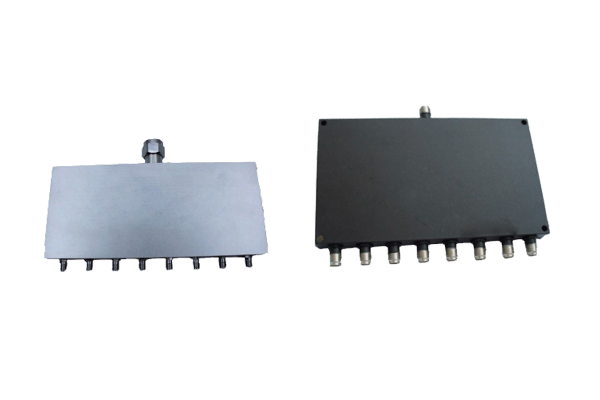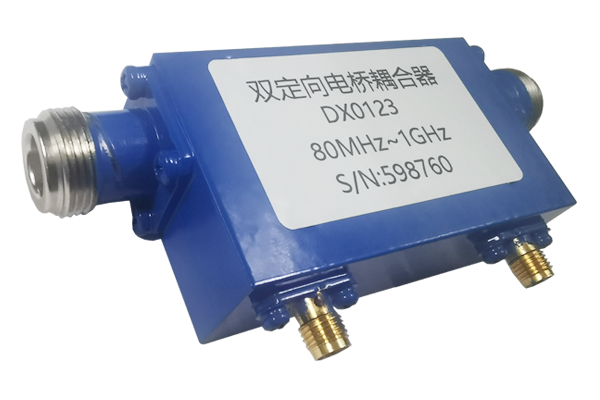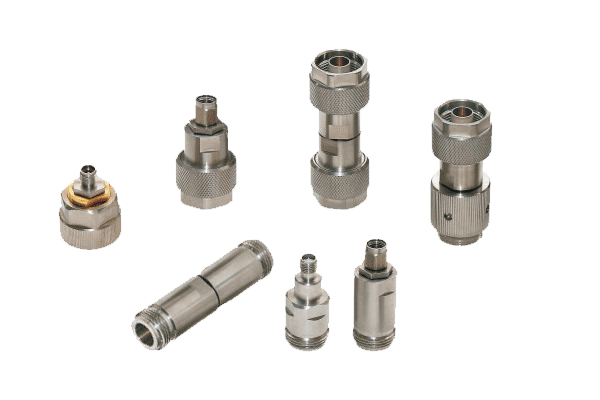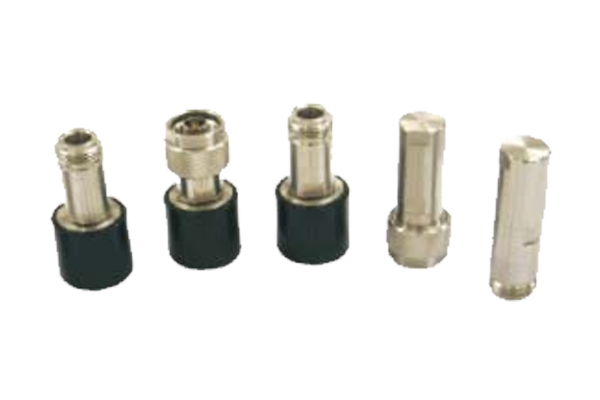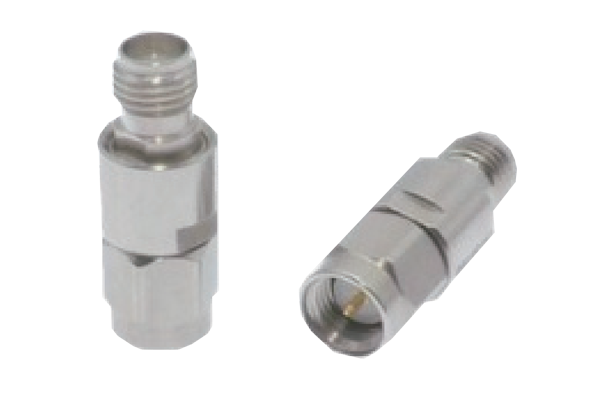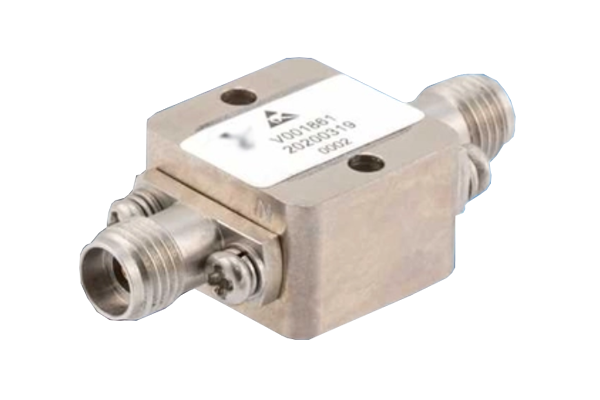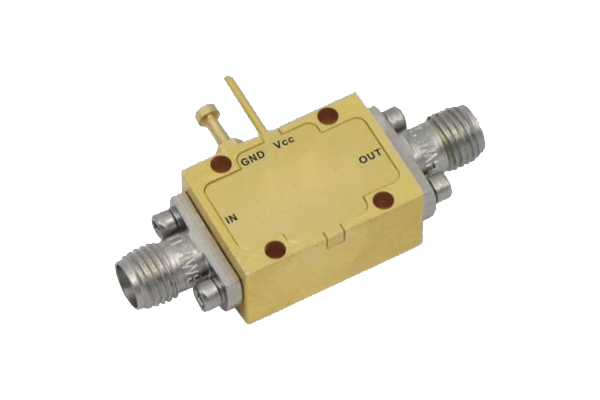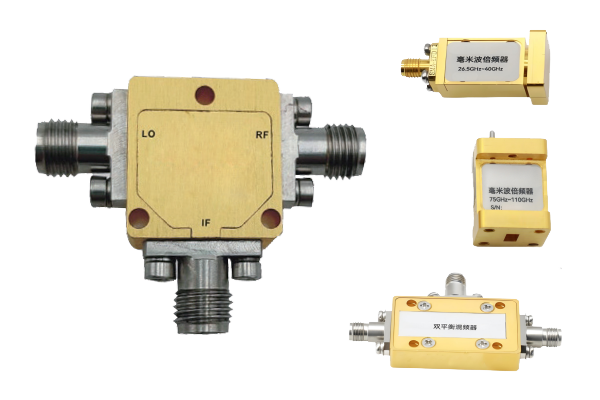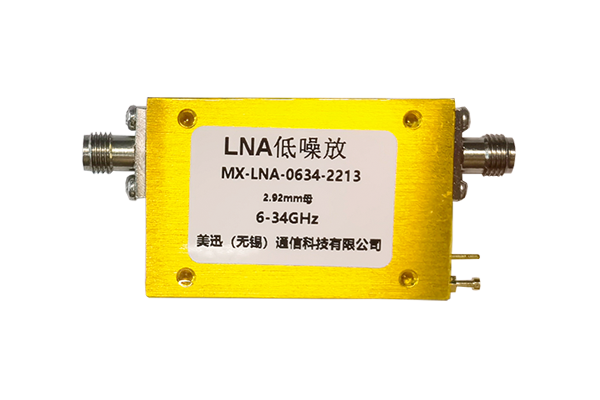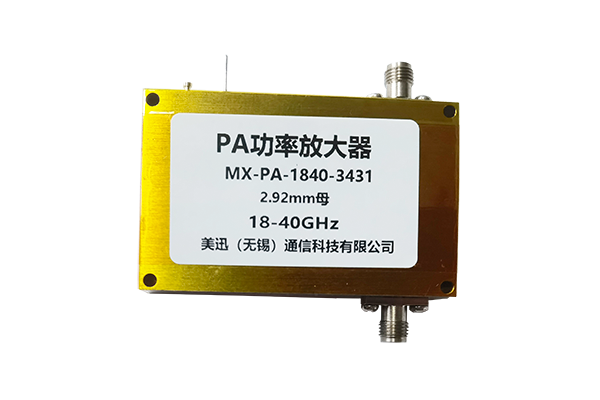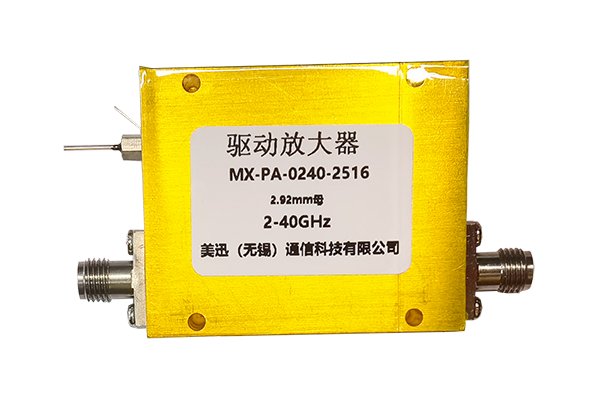How RF Power Amplifiers Achieve Effective Power Output
-
RF power amplifiers need to efficiently convert power supply energy into RF output power, the core of which lies in reducing losses during the energy conversion process.
-
By selecting low-power power management modules, energy waste during power conversion is reduced, providing stable and efficient power support for the amplifier.
-
Simultaneously, combined with circuit topology design, transistors can operate in the optimal energy conversion state at different power output stages.
-
This approach avoids the conversion of power supply energy into heat consumption due to circuit design defects, ensuring that more power is used for RF signal power enhancement.
-
Signal distortion causes some energy to deviate from the effective signal frequency band, resulting in power waste in RF power amplifiers.
-
Distortion needs to be controlled through linearization techniques such as pre-distortion modules.
-
Pre-distortion processes the input signal in advance, canceling the amplifier's own nonlinear distortion and ensuring accurate output signal.
-
Simultaneously, the transistor bias circuit is optimized to prevent operation in the nonlinear region, concentrating output power within the effective signal frequency band.
-
Impedance mismatch causes output power to be reflected back into the RF power amplifier, failing to be effectively transferred to the load.
-
A precise impedance matching network is required at the amplifier output.
-
The matching circuit converts the load impedance to the amplifier's optimal load impedance, maximizing power transfer and reducing reflection losses.
-
The matching network must be adapted to the amplifier's operating frequency band to ensure good impedance matching across the entire band.
-
The RF power amplifier's output power should be dynamically adjusted according to the actual power demand of the load.
-
A load detection module senses changes in the load's power demand in real time, sending feedback to the control unit.
-
The control unit adjusts the amplifier's bias current, operating voltage, or gain parameters to match output power with load demand.
-
When load demand decreases, energy input is appropriately reduced, avoiding power waste while ensuring normal operation of the load.




